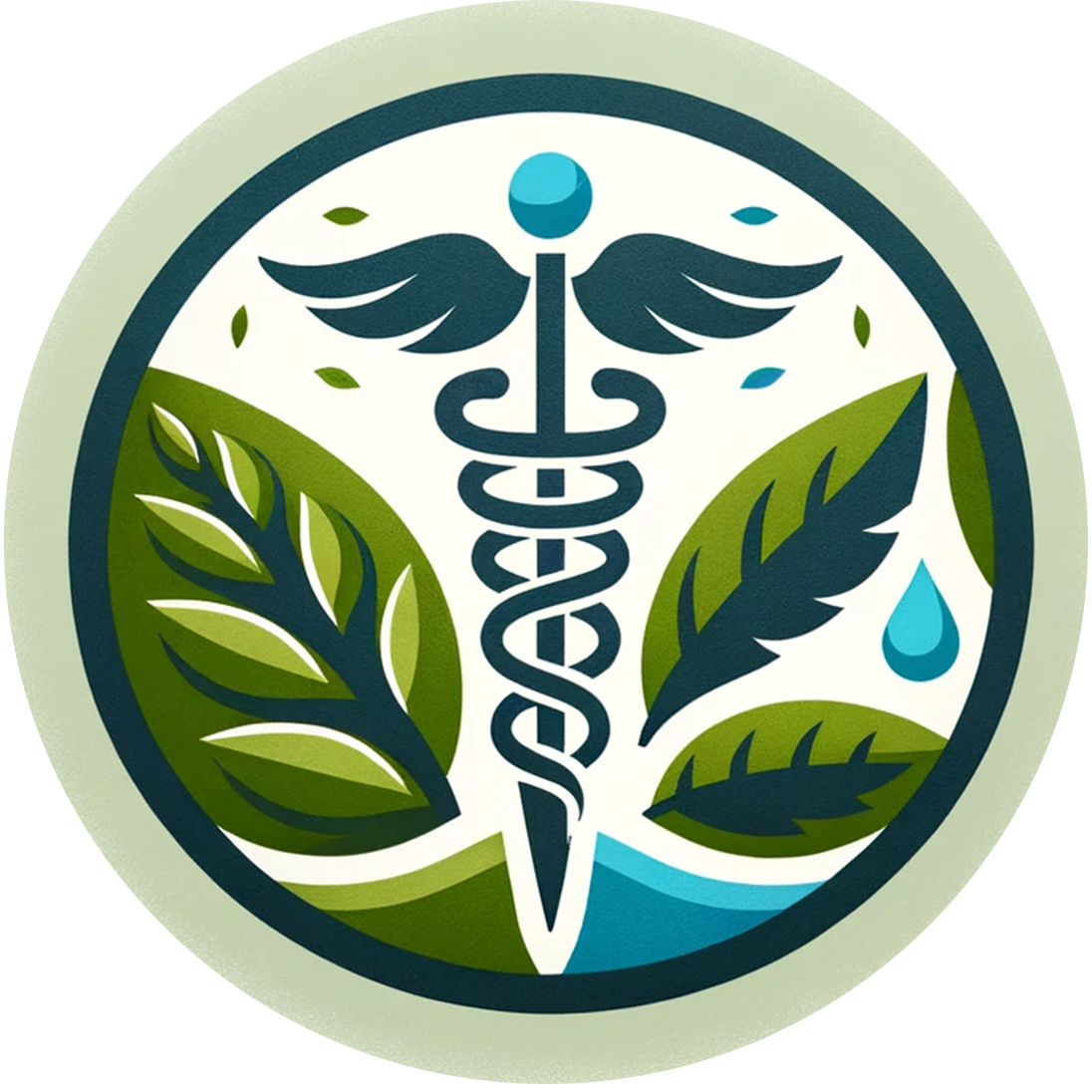Telemedicine options in the era of COVID-19
Well, that escalated quickly. The arrival of the COVID-19 pandemic has changed daily life dramatically for everyone, and likely some things will never be the same. Widespread shelter-in-place and social distancing have had perhaps obvious negative impacts on the chiropractic side my practice, but unexpected bright spots are opening up out of the darkness. Out of necessity, I’ve been doing more telemedicine (FaceTime, Zoom, etc.) with clients, particularly those experiencing a high degree of stress and anxiety. Using a combination of indicator testing and assisted F.A.S.T., we’ve been averaging about 70%+ in symptom relief and reduction of anxiety and distress levels. Indicator testing is a form of biofeedback, similar to muscle testing. A simple example of an indicator might be range of motion (with or without pain). For example, if a patient has pain when turning their head to the right, we can gauge the pain level (scale of 1 to 10) or the range of motion, and then check it again following the F.A.S.T. intervention to see if there is a change and how much. If the client is at home, the telemedicine option is also a good way to share what is on their supplement shelves and review what really is or isn’t needed. As I develop better telemedicine protocols, I find I’m able to open it up as an option to those who live far away and not just local clients. How do you know if you might benefit from a remote assisted F.A.S.T. service? Find an indicator - pain level, painful range of motion, or possibly even just a tight or restricted range of motion even if it’s not painful - and make a note. How far can you move? If there is pain, how bad is it? Next, put a hand flat against your forehead and them repeat. Is there any change in the pain level and/or range of motion? If putting your hand against your forehead makes a noticeable difference in the indicator (pain level, range of motion, etc.) then your body seems to be saying that there’s an emotion (stress!) involved, and F.A.S.T. will probably help. Classic face-to-face N.E.T. (Neuro Emotoinal Technique) is still the best treatment for stress that is stuck in the body, but when it’s impossible to get to a practitioner in person, assisted F.A.S.T. is the next best thing! Stay safe out there, and be excellent to each other!
